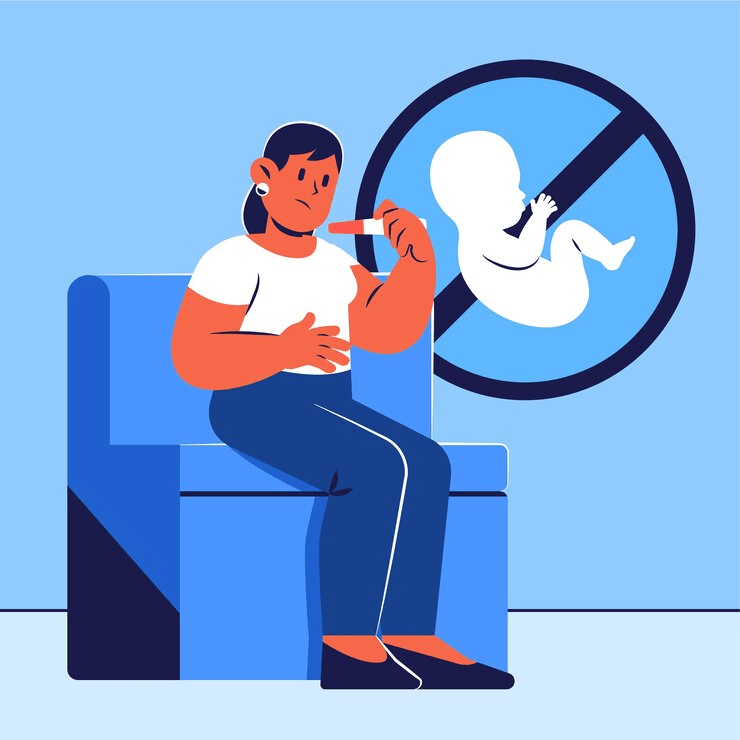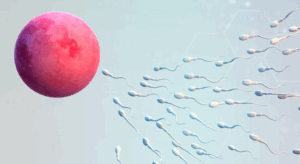
Prolistem® at the ESHRE 41th – Paris
We are proud to have participated in the 41st Annual ESHRE Conference in Paris, a premier international event where the global reproductive medicine community gathers

Azoospermia, the medical term for the complete absence of sperm in the ejaculate, is a challenging diagnosis for any man hoping to become a father. But can azoospermia be cured? This is a common and crucial question for couples dealing with male infertility. Fortunately, advancements in modern medicine have brought new hope. Depending on the underlying cause, many men with azoospermia can father biological children with the right diagnosis and treatment.
In this in-depth guide, we explore what azoospermia is, what causes it, how it is diagnosed, and most importantly, the treatment options available—and whether a cure is possible.
Azoospermia is a condition where a man’s semen contains no measurable sperm. It affects approximately 1% of the male population and 10–15% of infertile men. Surprisingly, many remain unaware of this condition until they face fertility challenges.
Understanding the type of azoospermia is crucial for determining the appropriate treatment. Essentially, there are two main types:
In obstructive azoospermia, sperm is produced normally in the testicles, but it becomes blocked along the reproductive tract. These blockages may occur in the vas deferens, epididymis, or ejaculatory ducts. Common causes include infections, injuries, vasectomy, or congenital absence of the vas deferens, which is often linked to cystic fibrosis genes.
In contrast, non-obstructive azoospermia results from poor or absent sperm production. Causes may include genetic defects, hormone imbalances, testicular failure, or varicocele. Due to these internal disruptions, this type is generally harder to treat.
Identifying the root cause is essential for effective treatment. The following are common causes:
Understanding these causes helps doctors create personalized treatment plans.
Often, azoospermia presents no obvious symptoms. However, in certain cases, men may experience:
These indicators can help alert men to potential fertility issues.
To determine whether azoospermia is present and identify its type, doctors perform the following tests:
Each test plays a vital role in forming an accurate diagnosis.
Yes, in most cases, obstructive azoospermia can be cured through surgical correction or sperm retrieval methods. Men with this type have normal sperm production. As a result, procedures like vasovasostomy, vasoepididymostomy, or sperm extraction (PESA, MESA) combined with IVF/ICSI often lead to high success rates.
Non-obstructive azoospermia is more difficult to cure, but not impossible. Depending on the cause, certain treatments can stimulate sperm production or allow for sperm retrieval directly from testicular tissue.
So, can azoospermia be cured? The answer largely depends on the type and underlying cause. However, many patients achieve fatherhood through assisted reproduction, even if natural conception is not an option.
Success depends on multiple factors: age, cause, treatment type, and overall health. Consider the following statistics:
These numbers highlight the potential for success when treatments are applied effectively.
Although lifestyle changes may not cure azoospermia, they can improve fertility potential:
By adopting healthier habits, men can enhance their overall reproductive health.
In most cases, no. However, lifestyle changes, dietary improvements, and certain supplements may support hormonal balance in mild NOA cases.
Yes, it can result temporarily from factors like infection, high fever, or extreme stress. Repeating the semen analysis after three months can help clarify.
Yes, depending on the cause and treatment, many men can father biological children through assisted reproductive technologies.
So, can azoospermia be cured? The answer varies based on the type and root cause. While obstructive azoospermia is often curable with surgery, non-obstructive azoospermia poses greater challenges. Nevertheless, modern treatments like micro-TESE and ICSI provide real hope for many men.
If you or your partner faces this diagnosis, seek help from a reproductive urologist. With proper diagnosis, treatment, and lifestyle changes, fatherhood is possible—even in the face of azoospermia.

We are proud to have participated in the 41st Annual ESHRE Conference in Paris, a premier international event where the global reproductive medicine community gathers

Introduction: A New Era of Hope for Male Infertility The promising cure for azoospermia 2025 is redefining the future of male fertility. As medical science
Prolistem, a patented formula, has not been evaluated by the Food and Drug Administration. This product is not intended to diagnose, treat, cure, or prevent any disease.
PROLISTEM® is a Patented Formula
Copyright © 2025 Prolistem®